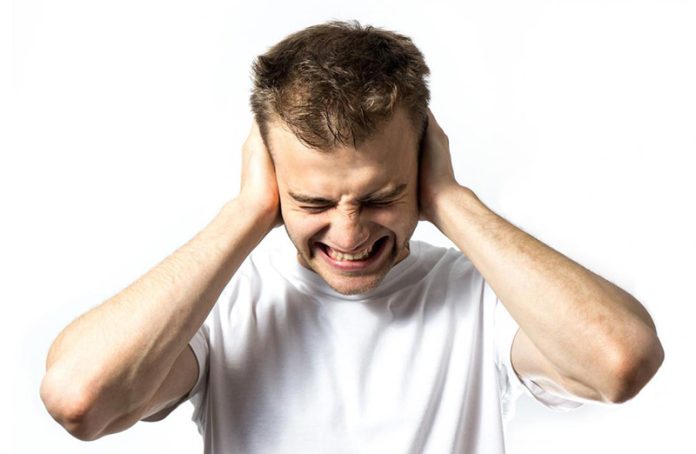Media focus in recent years on pollution and its impact on human health, as well as the risk to lives from long-term exposure to pollution, has led to a greater public awareness on environmental pollution, including air, water and land pollution. However, not many people are aware of the life-changing impact caused by noise pollution on people who lose partial or full hearing from frequent exposure to ‘deafening’ noise.
Hearing damage can result from various sources of noise pollution, including job-related occupational noise pollution, or listening regularly to loud music or other forms of high-pitched noises at close quarters. Besides hearing loss, noise pollution can lead to tinnitus, which is a constant ringing or other noises in the ears, or hyperacusis, which is a painful acute sensitivity to all noise. While hearing aids and coping strategies can help to an extent, so far, there is no cure for hearing loss once it sets in.
To realize just how fragile the human hearing system is, we need to know a little more on how sound is reproduced in the body. Your outer ears (pinna) collect sound waves when someone is talking, or from the devices you are listening to, and funnels them onto your eardrums, causing it to vibrate. Three of the smallest bones in the body, called ossicles, located behind the eardrum amplify those vibrations, and send them through to the inner ear and its fluid-filled sensory organ called cochlea.
Tiny hairlike bundles in the cochlea respond to the vibrations, and these hair movements convey the sound information to the auditory nerve, which then relays it to the brain. The brain processes the sound data and, without missing a beat, you hear those first few notes of speech or music.
Noise pollution wreaks havoc all along the path that the sound travels to reach the brain. The first casualty is usually the auditory nerve affecting the brain’s ability to interpret sound and results in causing several issues ranging from sound distortion, to tinnitus and hyperacusis. It can also impair understanding of speech in noisy environments. An even greater negative impact of noise pollution comes from damage or death of the fragile hair cells inside the cochlea. Hearing loss from damage to hair cells is permanent as the body cannot regenerate or replace the dead hair cells.
Besides harming hearing, loud sounds are found to be risk factors that lead to cardiovascular effects such as high blood pressure, heart attacks and stroke. Noise pollution can also lower sleep quality, and impair concentration and academic performance. Loud sounds have even been linked to depression and other mental-health issues.
Loudness refers to the intensity of a sound at its source. It is measured in decibels, with human hearing ranging from zero to 140 decibels. However, the decibel scale is also logarithmic in terms of sound intensity — each 10-decibel increase corresponds to a 100-fold increase in a sound’s intensity.
For example, a quiet library is about 30 decibels. A typical conversation in a restaurant or office is about 60 decibels. Those office conversations are not twice as loud as the library they are 1,000 times louder (10 x 10 x 10). A jet engine is about 130 decibels, or 10 million times louder than a quiet library. Sound that intense can easily damage the hearing pathway.
Hearing loss is not just about decibels, loudness and intensity, it is also dependent on how much exposure, how often and for how long. In a review of noise pollution, researchers found that virtually all kids would be protected from noise-induced hearing loss if their exposure — as averaged over 24 hours — was 75 decibels or less. The World Health Organization recommends keeping surrounding environmental noise below a 24-hour average of 70 decibels.
That does not mean that a 70-decibel average is completely risk-free, permanent damage can often develop at much lower noise levels that feel safe. But hearing loss captures only part of the story. Noise-induced problems like tinnitus, hyperacusis and sleep disturbances may occur at lower levels.
In addition, doctors and researchers into noise pollution note that in young children the hearing system is more fragile than in adults, as the human auditory systems do not finish developing until the late teen years. Also, most noise studies, and recommendations on tolerable noise levels, are from research done on adults. Parents need to ensure their children avoid listening to loud music or other sounds for long periods or frequently.
In a world filled with noise, it is often difficult to avoid noisy environments. You could try to protect yourself by being mindful of the environment and avoiding noisy places; wearing ear muffs at concerts or loud sporting events; lowering the volume on any device you are listening to, to a comfortable level. Remember, loud noise is a form of pollution, listening to which is not worth the risk.

















